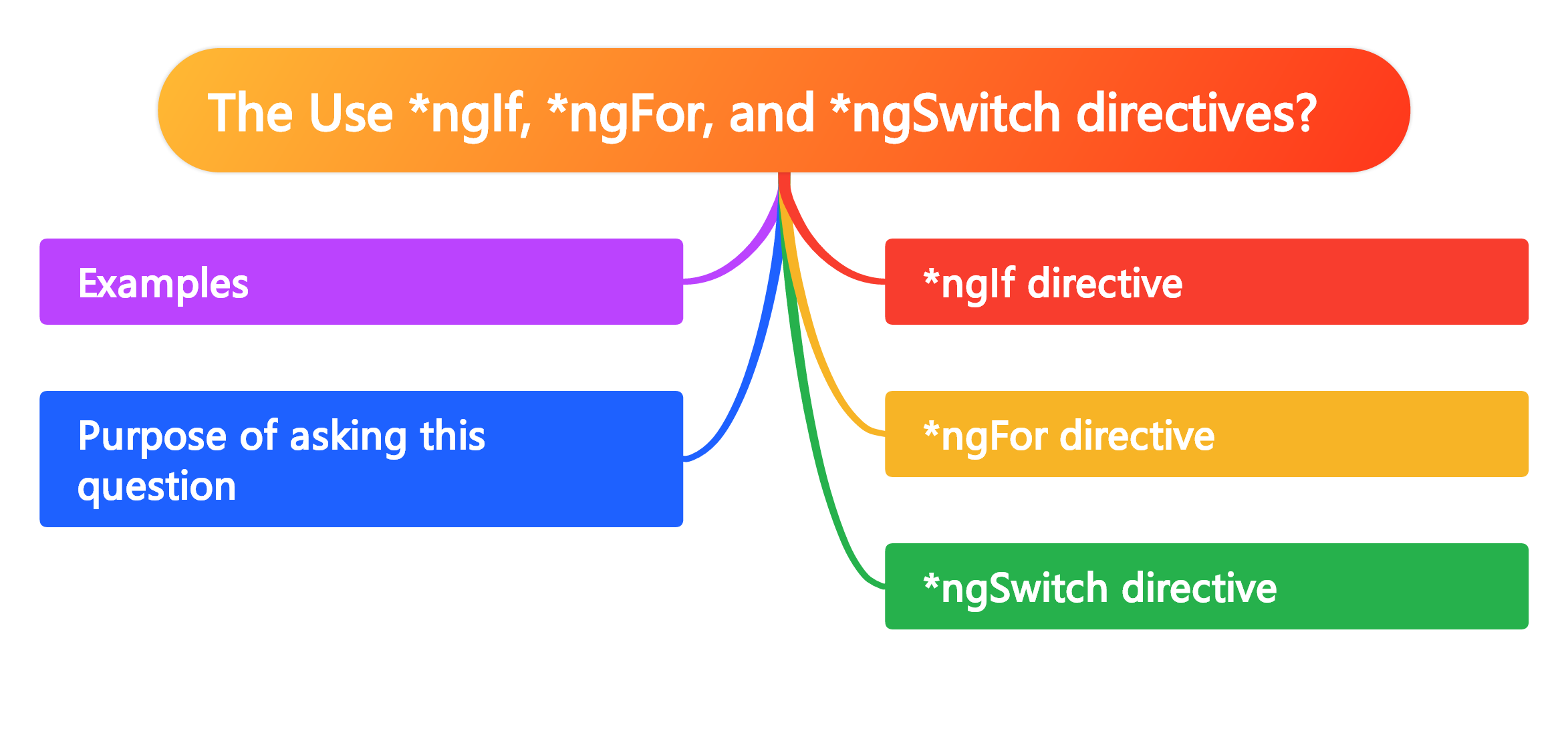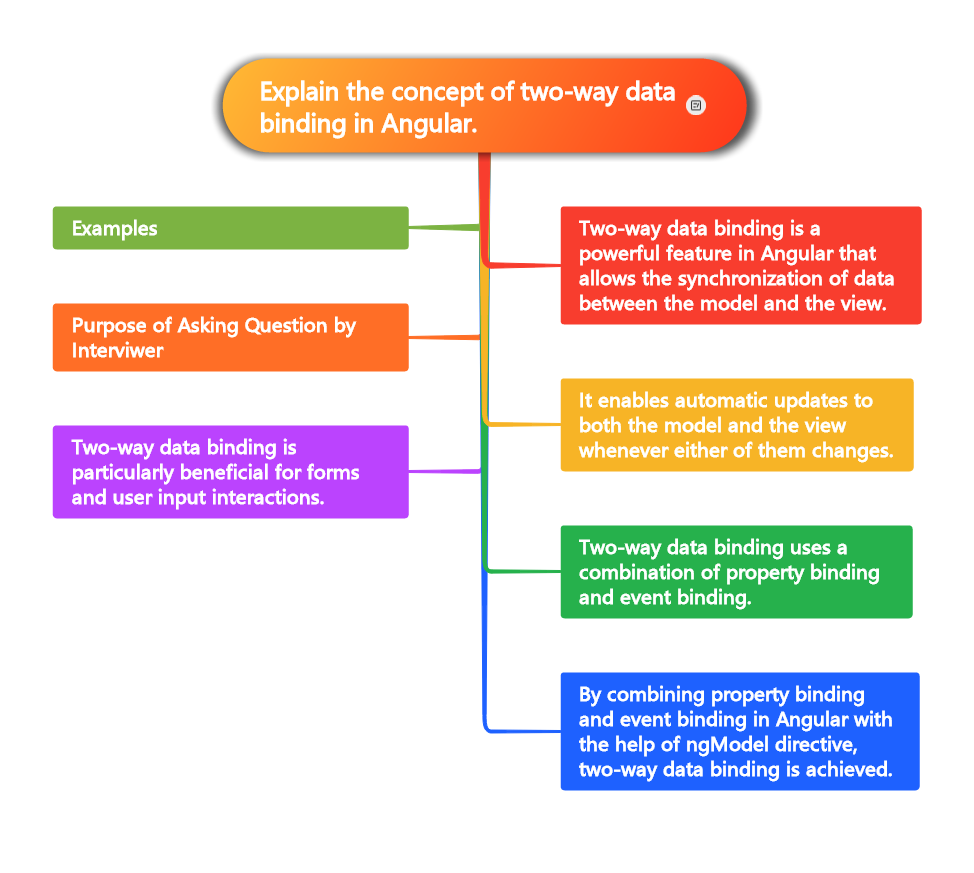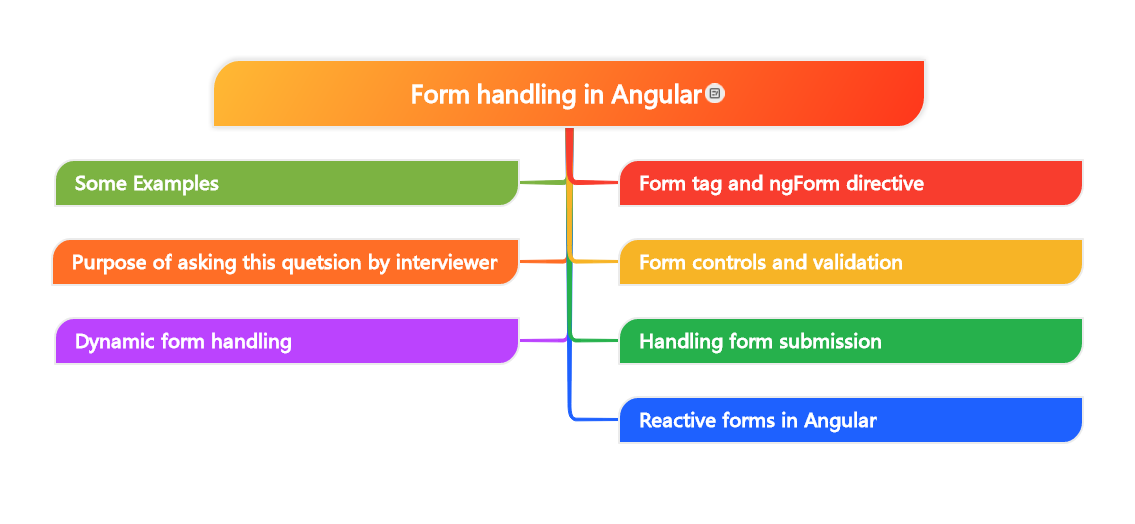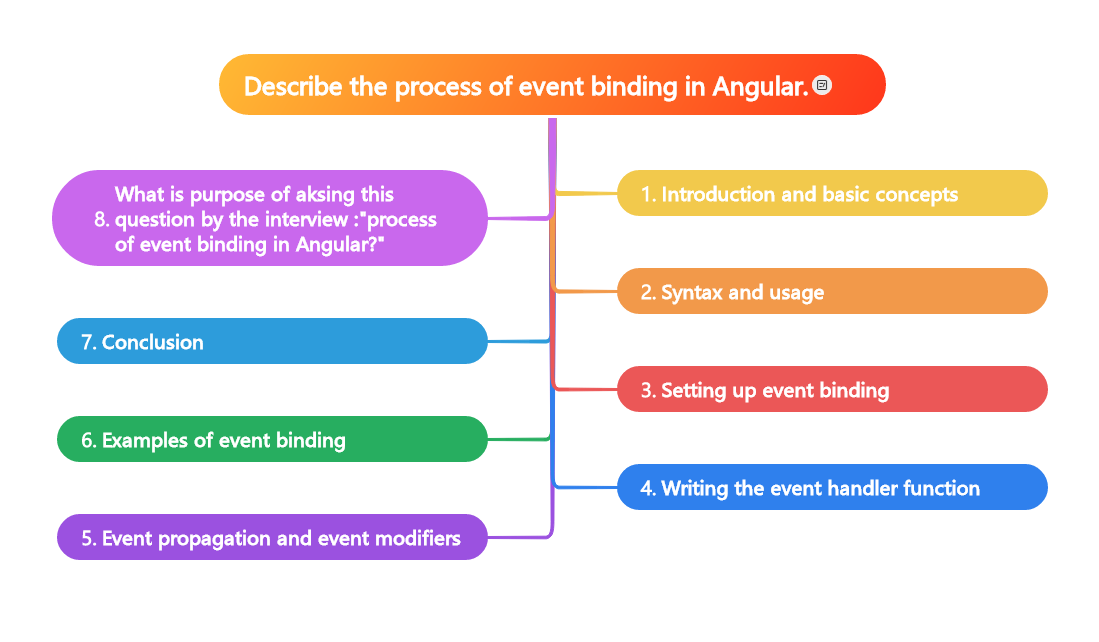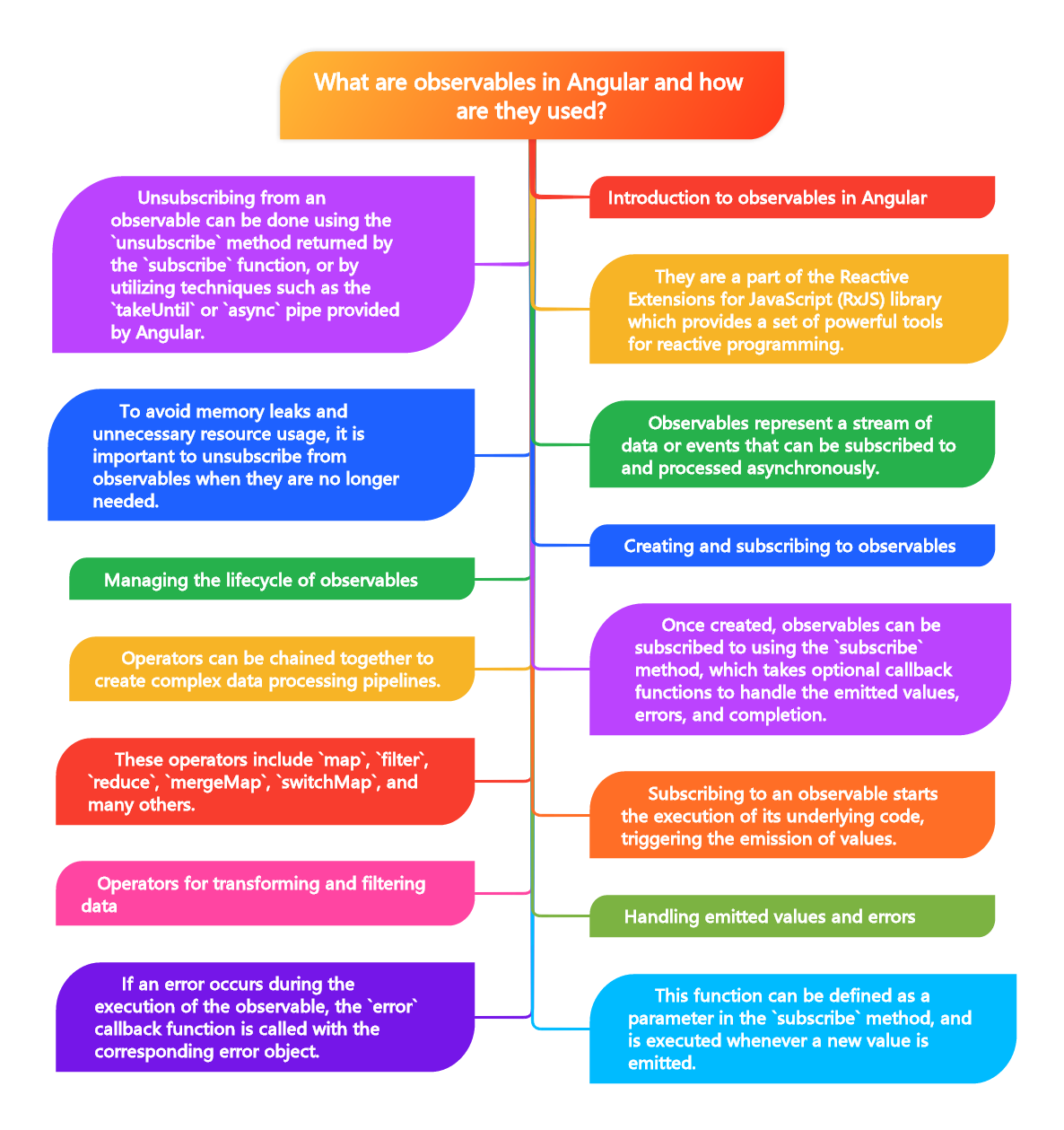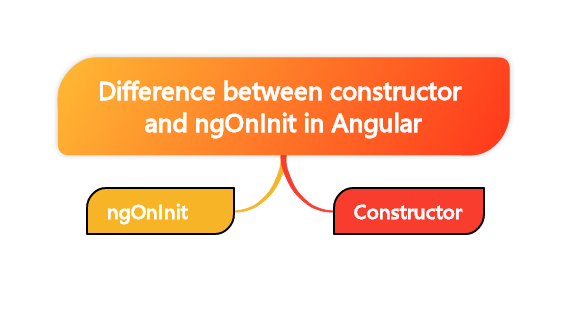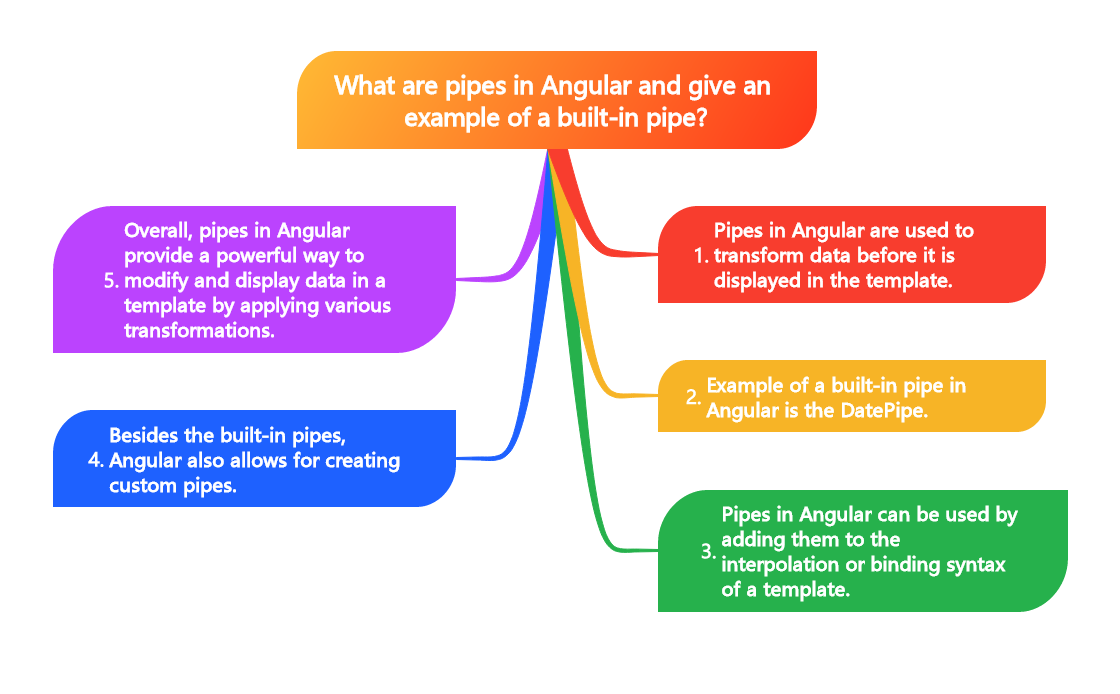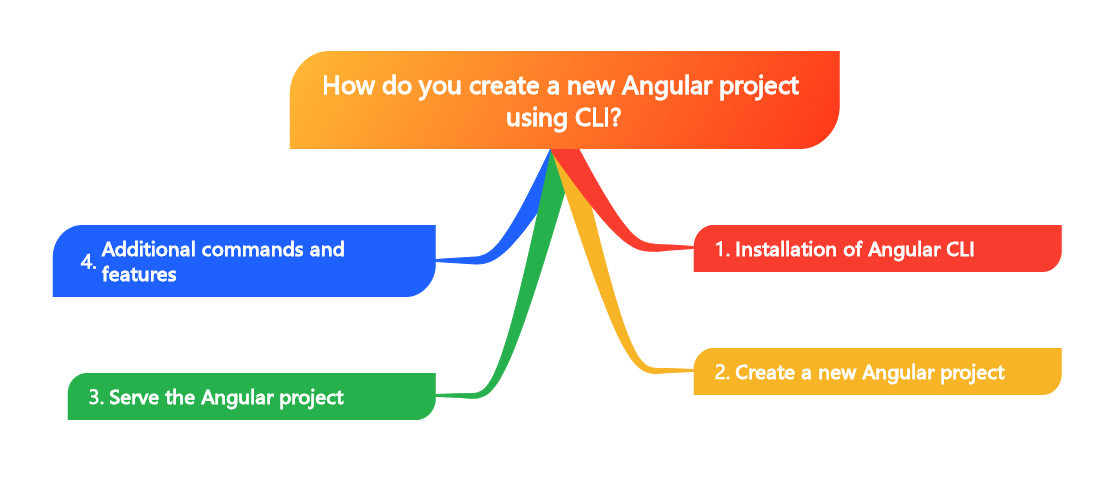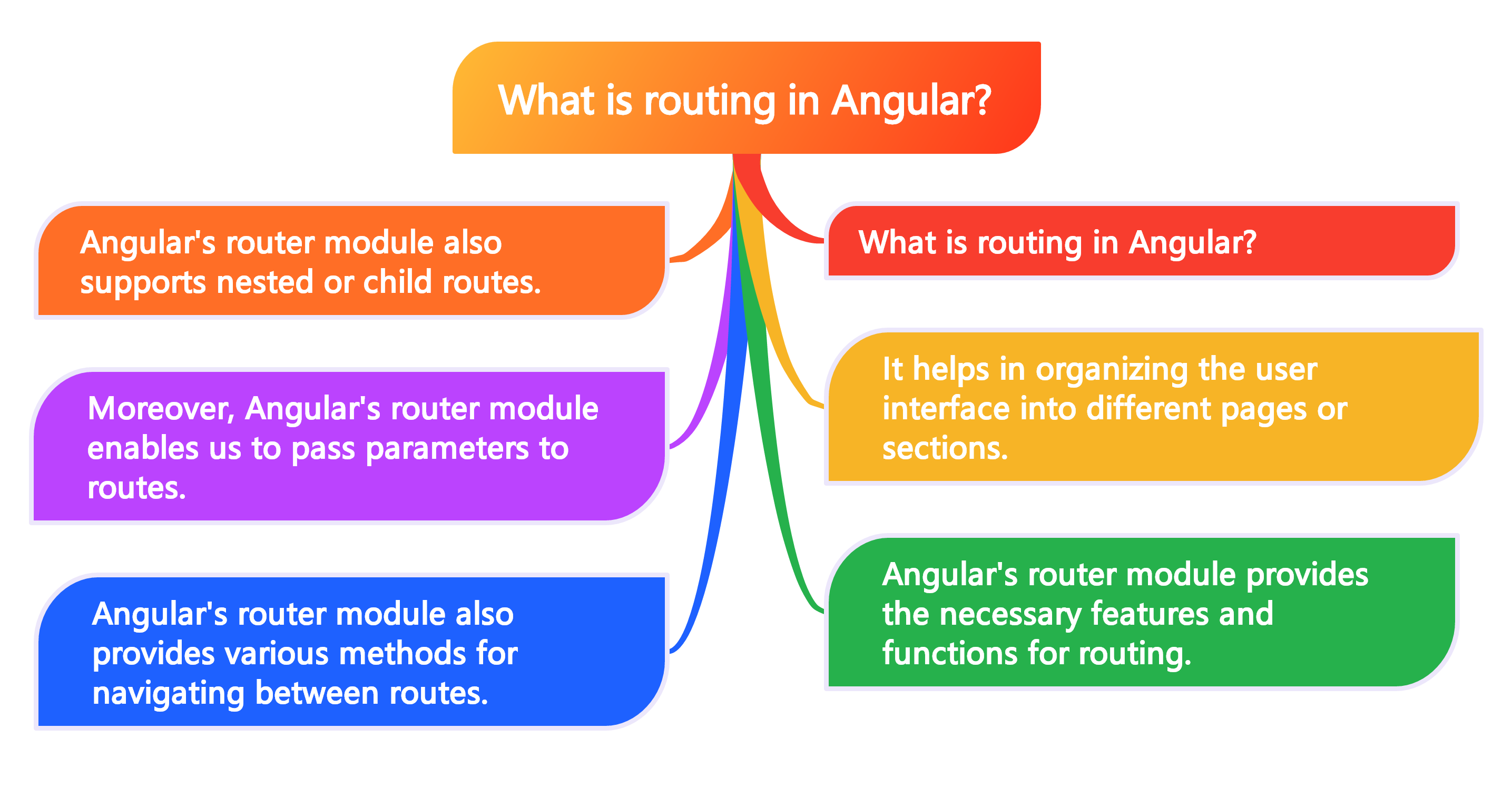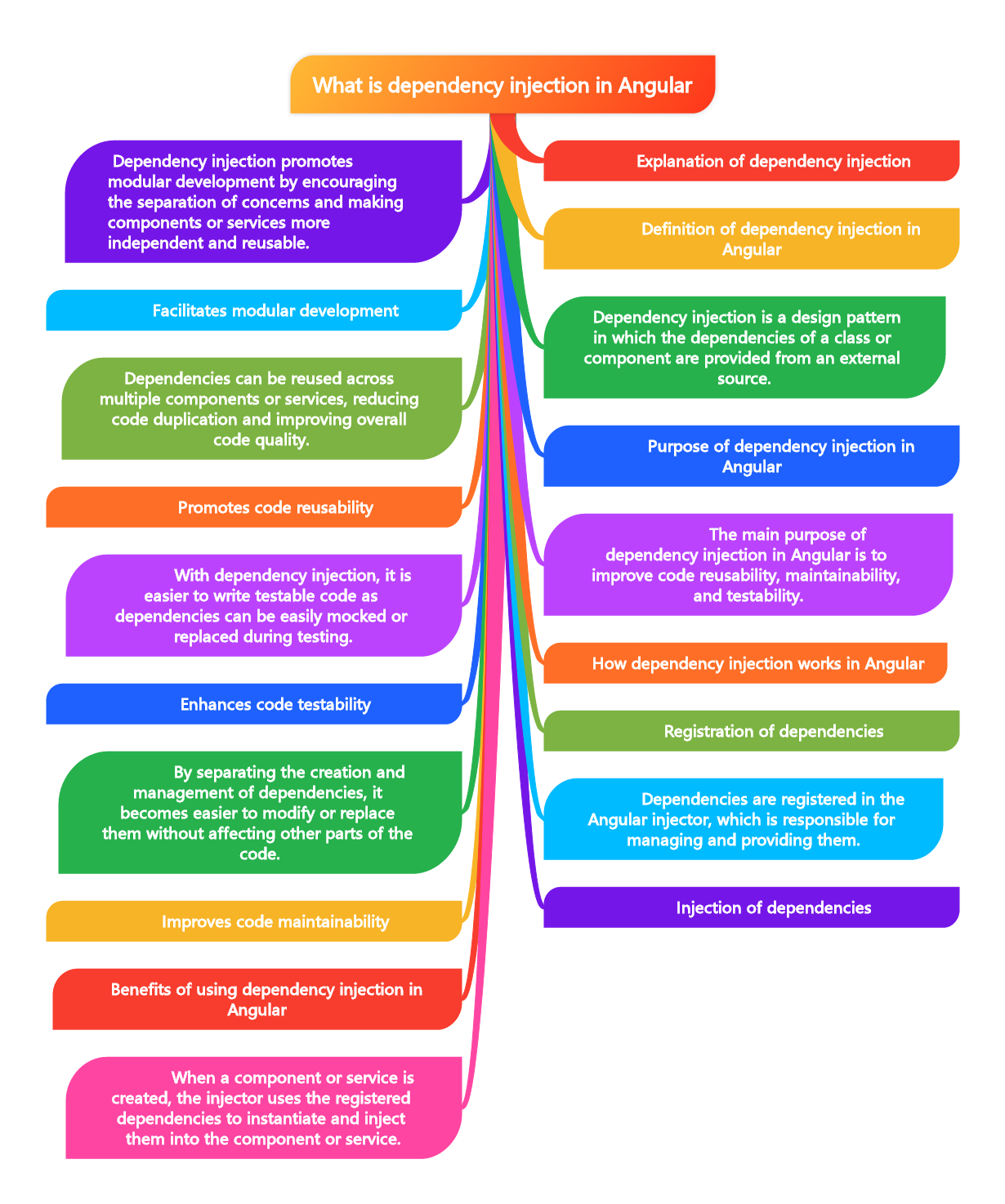How do you use *ngIf, *ngFor, and *ngSwitch directives?
How do you use *ngIf, *ngFor, and *ngSwitch directives? Purpose of Asking This Question: Understanding the usage of *ngIf, *ngFor, and *ngSwitch directives is crucial for creating dynamic and conditional components in Angular. The *ngIf directive allows you to conditionally render elements based on a boolean expression. The *ngFor directive is used for iterating over … Read more

